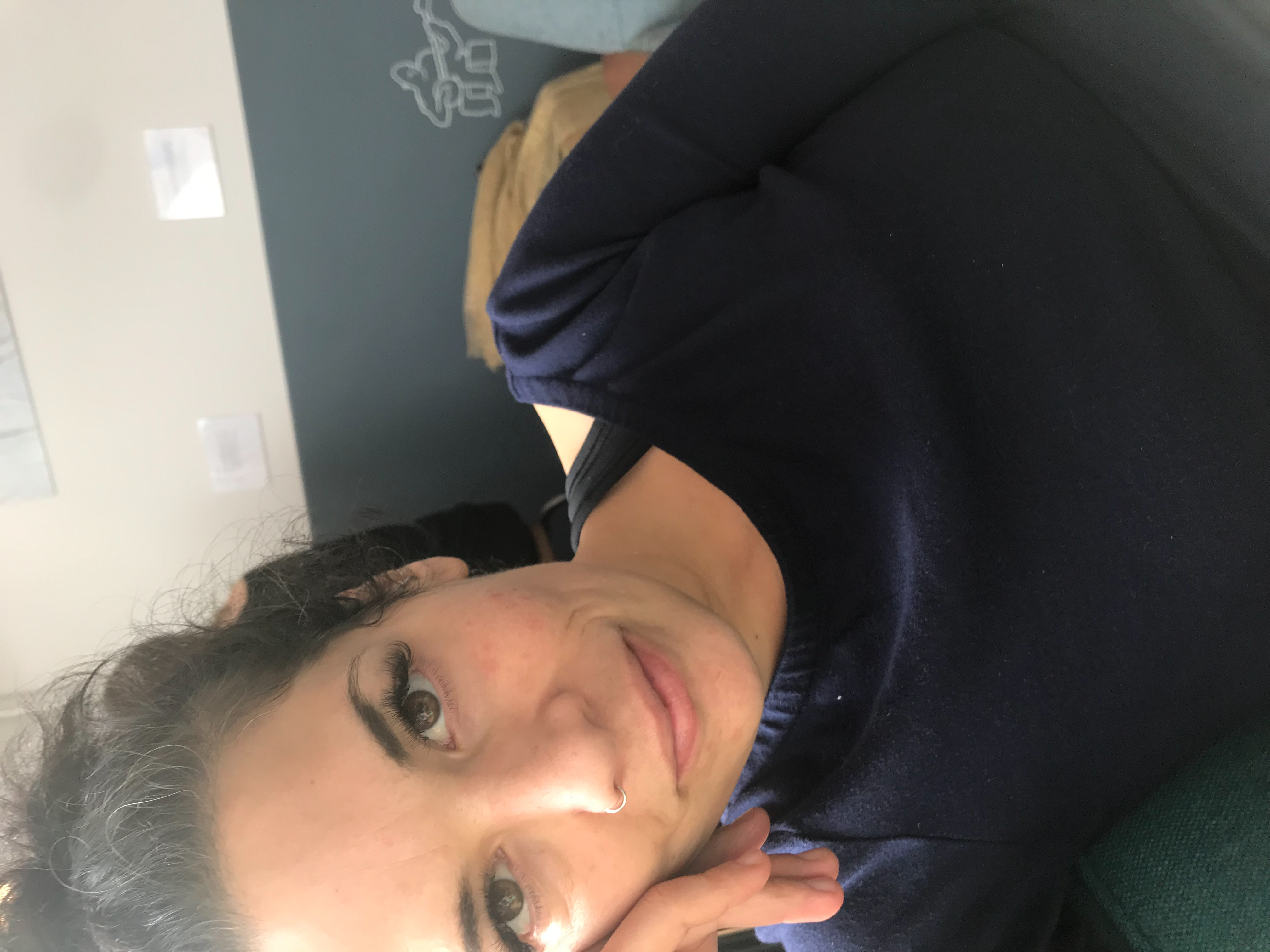🌿 How to fall asleep faster - 10 tips that work for me and my clients
- Sabrina Hall

- May 2
- 4 min read

🌙 Struggling to fall asleep? Here's what works for me
If you're lying awake at night, mind racing, body tense, and sleep feels like a distant dream, you're not alone. As someone who's treating a few people with insomnia, who has experienced a few challenges with sleep years ago, and now supports others through massage therapy, NLP, and coaching, I've discovered effective strategies that promote restful sleep.
1- The 3-2-1 Sleep Method: A Simple Evening Routine
I've found the 3-2-1 method to be a game-changer:
3 hours before bed: I stop eating heavy meals and avoid alcohol.
2 hours before bed: I wrap up work and mentally stimulating activities.
1 hour before bed: I turn off screens to reduce blue light exposure.
This routine helps signal my body that it's time to wind down, aligning with natural sleep rhythms.
2- A Warm Shower: My Personal Sleep Inducer
Taking a warm shower about 60–90 minutes before bed helps me relax. The warmth soothes my muscles, and the subsequent cooling of my body signals it's time to sleep.
3- Progressive Muscle Relaxation: Easing Tension
When I feel physically tense, I practice progressive muscle relaxation.
Starting from my toes and working up, I tense and then release each muscle group.
This technique calms my body and mind, preparing me for sleep.
4- Practice Relaxation Techniques
In my journey, I've found that integrating relaxation techniques such as guided meditations or Yoga Nidra significantly calms the mind and body.
These practices activate the parasympathetic nervous system, countering the 'fight-or-flight' response and promoting a state conducive to sleep.
I often guide my clients through these techniques during sessions, tailoring them to individual needs to address specific stressors or anxieties that may hinder restful sleep.
5. Optimise Your Sleep Environment
Creating a sleep-conducive environment is crucial.
I recommend ensuring your bedroom is cool, dark, and quiet. Consider using blackout curtains,
white noise machines, or essential oil diffusers with calming scents like lavender.
Limiting screen time before bed and maintaining a consistent sleep schedule also play vital roles in enhancing sleep quality.
During coaching sessions, I assist clients in developing personalised strategies to optimise their sleep environments, addressing unique challenges and preferences.
7. Consider Natural Sleep Aids
Incorporating natural supplements can support better sleep.
Personally, I've found magnesium glycinate to be effective in promoting relaxation and improving sleep quality. It's gentle on the stomach and supports muscle relaxation, which is beneficial after a long day.
Before starting any supplement, it's essential to consult with a healthcare professional to ensure it's appropriate for your individual health needs.
8. Massage Therapy: Releasing Physical Tension for Restful Sleep
In my practice, I've observed that massage therapy is a powerful tool for alleviating physical tension and promoting relaxation.
Techniques like Swedish massage and deep tissue therapy help reduce muscle stiffness and improve circulation, which can ease the body into a state conducive to sleep.
I also love doing self-massage, it's so easy to do and so effective!
Research indicates that massage therapy can increase serotonin levels, a neurotransmitter that plays a role in regulating sleep.
By enhancing serotonin production, massage may contribute to improved sleep quality and reduced insomnia symptoms.
If you're struggling with sleep disturbances, consider scheduling a massage session. It's not just a luxury; it's a therapeutic approach to achieving better sleep..
9. Coaching: Aligning Life for Peaceful Nights
Probably not the first thing that will come to your mind when looking for solutions for your challenges with sleep but think about it!
Through coaching, I've helped clients identify lifestyle factors and stressors that interfere with sleep.
By setting achievable goals and developing personalised strategies, coaching can address issues like time management, work-life balance, and stress reduction.
For instance, establishing a consistent bedtime routine and creating a calming pre-sleep environment are common goals we work on. These changes can significantly impact sleep quality and overall well-being.
If you're interested in exploring how coaching can enhance your sleep, feel free to reach out for a consultation.
10. NLP Techniques: Reframing Thoughts for Better Sleep
Neuro-Linguistic Programming (NLP) offers techniques to reframe negative thought patterns that may hinder sleep. For example, anchoring relaxation responses and visualising peaceful scenarios can help quiet the mind and reduce anxiety at bedtime.
By practicing these techniques, clients often find it easier to transition into sleep and experience fewer nighttime awakenings.
NLP empowers individuals to take control of their thought processes, leading to more restful nights.
If overthinking keeps you awake, NLP strategies might be the solution.
Let's work together to implement these techniques into your nightly routine.

Integrating massage therapy, coaching, and NLP into your sleep improvement plan can provide a comprehensive approach to achieving restful nights.
Each modality addresses different aspects of sleep disturbances, from physical tension to mental stress.
If you're seeking support to enhance your sleep through holistic methods, I'm here to help. I offer face to face appointments (in Totnes, Devon, UK) and online.
Together, we can develop a personalised strategy tailored to your needs.
Sabrina

_edited.png)
Comments